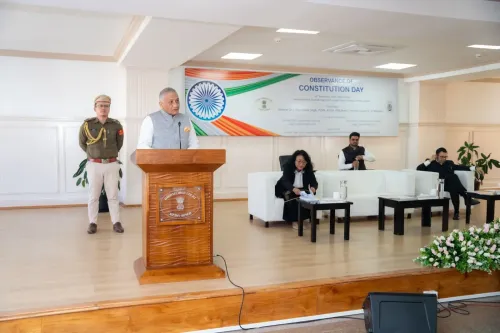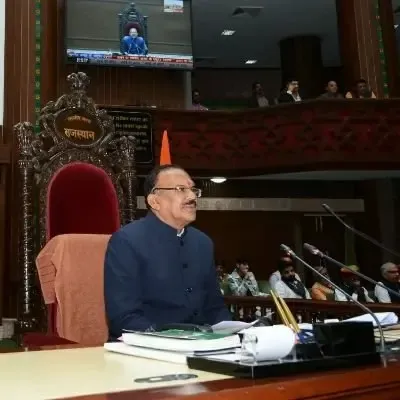Did the NIA Court in Mumbai Really Sentenced Three Accused to Rigorous Imprisonment in the Sahar Fake Currency Case?

Synopsis
Key Takeaways
- Three individuals convicted in Sahar fake currency case.
- Sentences include rigorous imprisonment and fines.
- Counterfeit notes smuggled from Malaysia to India.
- Case underscores the threat of financial crime.
- Importance of vigilance in national security.
New Delhi, Aug 14 (NationPress) The National Investigation Agency (NIA) special court in Mumbai has found three individuals guilty and imposed rigorous imprisonment (RI) on them in connection with the 2020 Sahar fake currency case, which involved the smuggling of sophisticated counterfeit currency notes from Malaysia into India.
Danish Haji Mohammed Petiwala and Sarasvati Dattaram, also known as Muskan, have received sentences of five years, six months, and two days of RI along with a fine of Rs 6,000 each.
J Kaleel Rahman will serve five years, five months, and 18 months of RI with a fine of Rs 5,000, as per the ruling of the special court, which found all three guilty under various sections of the IPC and the UA(P) Act.
The case originated from a tip-off received by the Customs Department in Mumbai regarding a parcel from Malaysia containing Fake Indian Currency Notes (FICNs) with a total face value of Rs 68,000 (Rs 2,000 x 34 notes). The parcel was addressed to a woman named Sangita Kapoor at her residence in Goregaon (West), Mumbai.
Investigations uncovered the involvement of Danish Haji, a Mahim resident in Mumbai, and his girlfriend Sarasvati, alongside a Malaysian national named Amir Mirza, also known as Rafiq Shaikh, who is wanted and against whom a non-bailable warrant was issued in September 2020.
Customs officials discovered one counterfeit note at the Hotel Adya International in Andheri East, where Danish and Sarasvati had stayed before their apprehension.
Upon taking over the case, which revealed the use of banking channels and postal services for transferring FICNs in exchange for legitimate currency, the NIA established that Danish and Sarasvati had conspired with Amir and Kalil to import high-quality counterfeit currency into India, aiming to disrupt the nation's financial stability.









